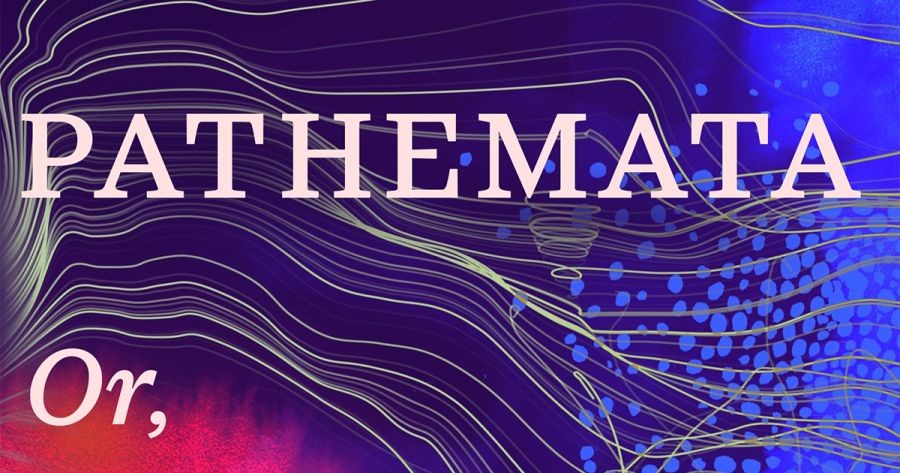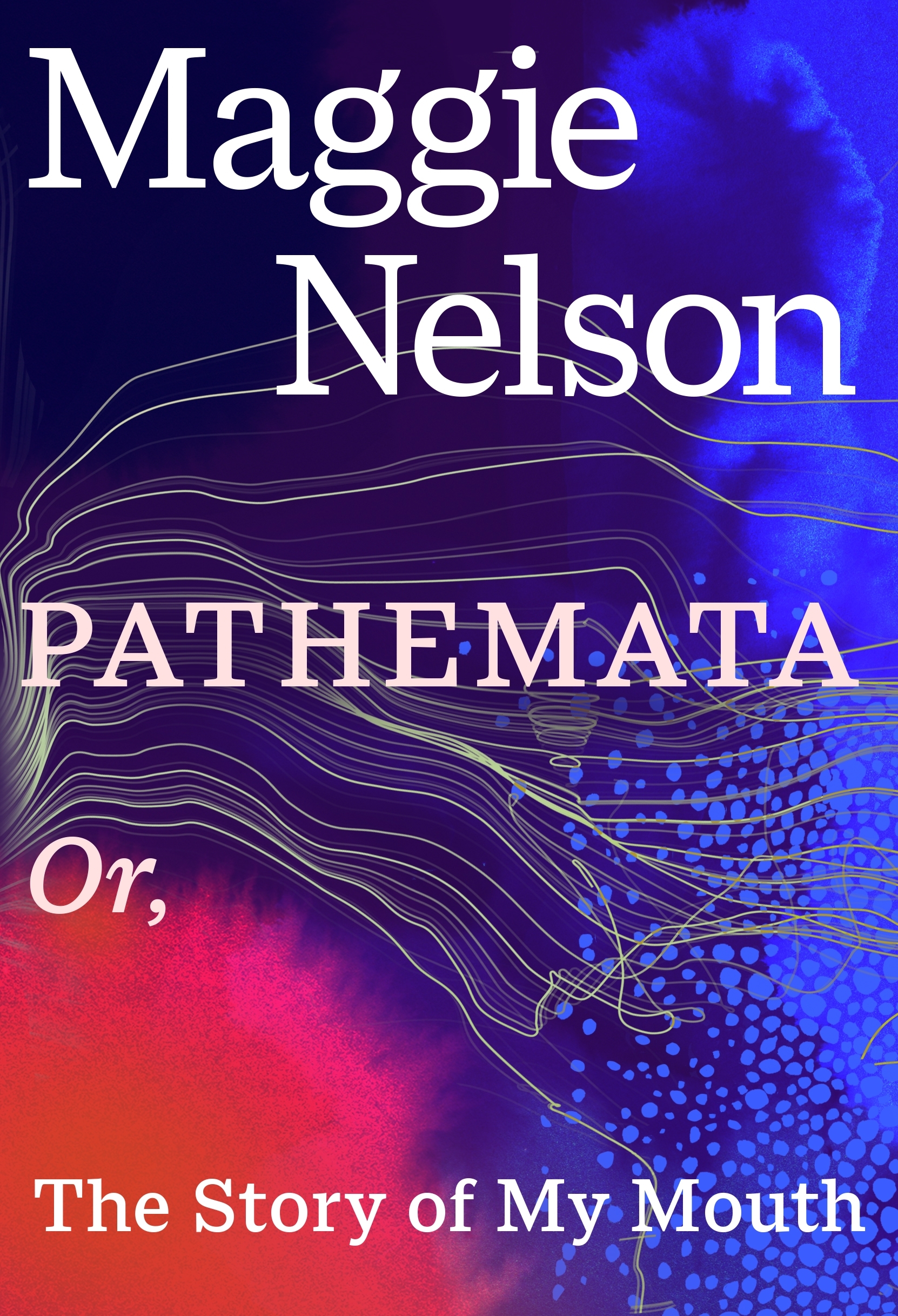
- Free Article: No
- Contents Category: Memoir
- Review Article: Yes
- Article Title: Freeing the tongue
- Article Subtitle: Poetic prose non-fiction
- Online Only: No
- Custom Highlight Text:
At the end of Maggie Nelson’s arresting new book, she offers a disclaimer: ‘This work conjoins dream and reality; all representations of people, places and events should be understood in that spirit.’ By the second page, though, it has already become apparent that while this work is peppered with recognisable biographical details, Pathemata: Or, the story of my mouth operates in new terrain. Here the limits of reality and dream are at times sufficiently porous that one wonders whether a particular passage belongs to the writer’s conscious or unconscious life.
- Book 1 Title: Pathemata
- Book 1 Subtitle: Or, the story of my mouth
- Book 1 Biblio: Fern Press, $29.99 hb, 80 pp
- Book 1 Cover Small (400 x 600):

- Book 1 Cover (800 x 1200):

- Book 1 Readings Link: https://www.readings.com.au/product/9781911717454/pathemata--maggie-nelson--2025--9781911717454#rac:jokjjzr6ly9m
Nelson noted in an interview earlier this year that in recording her dreams she has tried ‘never to make anything up’; the difference here seems not to be one of fiction versus non-fiction, but of the truth of the dream versus the truth of waking life. The ambiguity that arises from the permeability between these states comes to feel germane as we follow Nelson’s account of chronic orofacial pain during the first years of the Covid-19 pandemic. For some, perceptions of time and space underwent surreal alterations during the isolation and stress of lockdown. Pathemata’s manifestations of dream logic act as a curiously consoling monument and witness to the phenomena of spatio-temporal strangeness so many of us experienced not only during the pandemic, but in its persistent aftermath.
In Ancient Greek, pathemata means ‘suffering’. Nelson marshals both literal and figurative manifestations of suffering to explore physical as well as emotional eruptions of pain: grief arising from the loss of a beloved mentor who is unreachable because of pandemic restrictions; the strange distances that can open up in a marriage; the exhausting grind of a body in distress. Nelson has always been a close and insightful observer of her own physical and psychological states, and here she describes her symptoms in ways that any sufferer of chronic pain is likely to recognise: ‘electric threads … a snake of pain looping from jaw to eye, a constant, kinetic ache in the joint’.
Dreams and mouths and pain have been present in Nelson’s work since her earliest collections of poetry. In ‘1999’, from her second collection, The Latest Winter (2003), the speaker recounts that despite her mother’s suggestion to the contrary, ‘I wasn’t ugly, though / an oral surgeon once / told me so, but now I know / he just wanted to / rearrange my mouth’. By her third collection, the chilling verse memoir Jane: A murder (2005), a reflection on the killing of her aunt in the 1960s, Nelson’s preoccupation with the mouth as means of and barrier to communication reaches a new state of density and detail. She writes: ‘I spoke so quickly as a child, my speech distorted by my lisp and my speed, I had to spend hours in after-school speech therapy, watching close-up videos of my mouth’s defective workings’. Pathemata includes a return to this scene, but with the new and painful information that she once overheard an adult wonder aloud: ‘Does her mouth come with an off switch?’ This, she tells us, is ‘the kind of flip joke between adults that ends up sticking with you for the rest of your life.’
Nelson has said that she thinks of Pathemata as a companion to the dazzling Bluets (2009), which comprises 240 numbered paragraphs exploring the colour blue in all its metaphorical complexity. Readers and critics have often interpreted the latter as poetry, classing it alongside Nelson’s four collections of poems, which operate in a range of different verse forms. In a recent interview, she asserted that Bluets is ‘not poetry’, nor does she think of Pathemata in those terms, because it has no line breaks, but is instead ‘a kind of very pressurized prose’, which in this new book involves ‘hitting return after every sentence’.
Nonetheless, I suspect readers will find that Pathemata’s lyricism and short passages (not numbered but organised as clusters of sentences without indentation) invoke the poetic as much as the prose essay, though the book undoubtedly belongs more to the family of works that includes The Argonauts (2015) and Bluets than to Nelson’s early volumes of verse. Pathemata is also, despite its meditations on suffering, an often funny book, relishing the surreal and unexpected juxtaposition. It is difficult to think of another writer able to take a low cultural product like The Brady Bunch, the goofy 1970s American sitcom about a blended family, and connect it to a text like Henry James’s The Golden Bowl (1904), but Nelson does, and makes the line of connection seem not only effortless but illuminating.
Pathemata is a book of many interwoven narrative strands, among the most disturbing of which is the picture Nelson paints of widespread medical quackery nurtured by America’s private healthcare system. A certain myofascial therapist once claimed she could tell from across the room that Nelson has ‘an open bite, a tongue thrust, a history of speech problems, and could likely use a frenectomy’, surgery to free the tongue from its tissue of constraint.
Encountering such nightmarish distillations has the uncanny effect of bringing together the familiar and the horrifying, while Pathemata remains a book that one wants to read, almost compulsively. This is not a work of miserabilism or unremitting nightmare. Nelson wants us to understand what the point of narrating her suffering might be, and the emotional and intellectual core of the book points towards an explanation. Here she writes about the ‘mortifying abundance of telling’:
It’s just like Freud’s theory of dreams – it’s not the dream that matters, it’s the telling of the dream – the words you choose, the risks you take in externalising your mind. This is Freud’s ‘talking cure’ – Freud, who died of jaw cancer, for which he had over thirty debilitating and disfiguring oral surgeries.
Pathemata is book as talking cure, as exercise in self-analysis, but it is also an invitation to readers to imagine themselves as the analyst, attending to the language its writer has so carefully chosen.


Comments powered by CComment